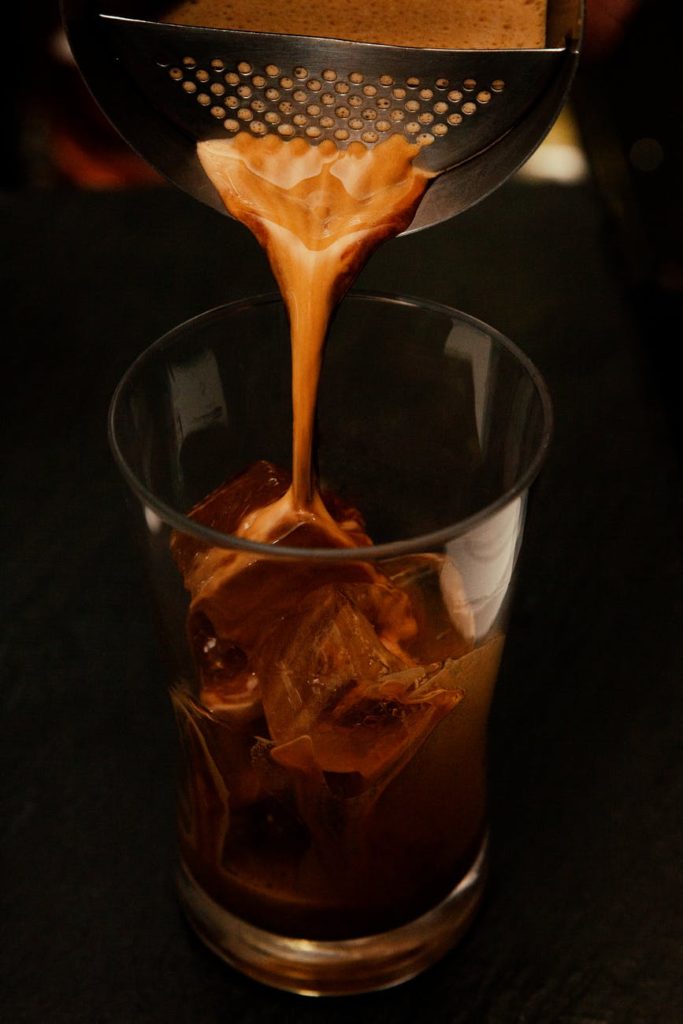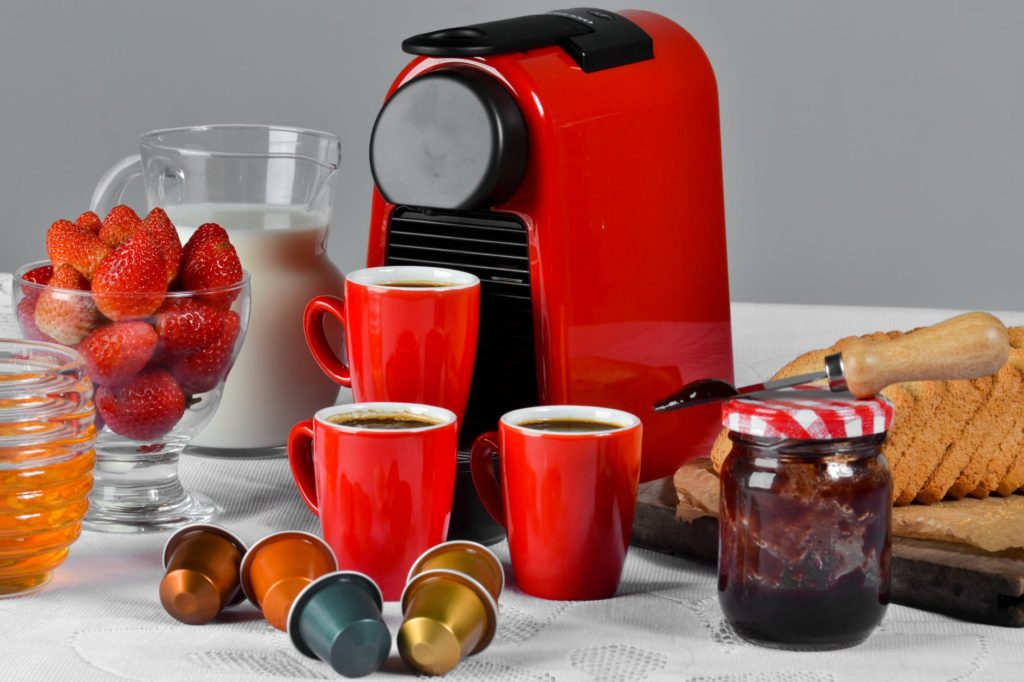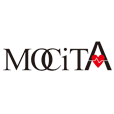Ah, coffee. It’s the preferred morning beverage for so many people and many of us can’t quite get our day started without it. Sure, coffee shops are ubiquitous, but there’s something to be said for having that first cup at home, perhaps still in pajamas, and without having to stand in line or speak coherently to other people. Even better, when you’re brewing your own, you can use exactly the beans you like, add flavorings or leave it plain, and add exactly the right amounts of milk, cream, or sweeteners. And it can be in your favorite mug instead of a disposable paper cup with an annoying lid. Plus, making coffee at home saves you a bundle.
No matter which coffee maker you choose, the basic concept is the same—ground coffee meets water, which extracts the flavor from the beans. The water drains through the beans which are held in a filter, so grit-free coffee is delivered to cup, mug, or carafe. While the process seems simple, different coffee makers can produce different results. The temperature of the water affects the flavors extracted from the ground beans, while the time the water is in contact with the beans can affect the strength of the brew. Some coffee makers use special techniques for stirring or agitating the grounds, while others shower the water over the grounds rather than sending it in a stream.
Coffee makers come in a variety of configurations, from non-electric pour-over models to electric drip coffee makers, to cup or capsule machines that make one cup at a time, to espresso machines. Cold brew coffee makers are a unique category since they use cold water to make either a coffee concentrate or they can produce a less concentrated version that’s ready to drink as-is. Prices can range from under $20 for the most simple units to several thousand dollars for high-end espresso machines.

What to Look for in a Coffee Maker?
There is a lot to consider when purchasing a coffee maker but most decisions have to deal with preference, cost, and convenience.
Convenience: Do you want a nearly hands-off coffee making experience in the morning, do you want the coffee waiting for you when you wake up or is the ritual of brewing coffee something you look forward to? A programmable electric coffee maker can have your coffee ready for you when you wake up. Less automated electric machines might require a little more attention, but still, operate with the push of a few buttons. Manual pour-over coffee makers—like French press brewers and stovetop espresso pots—all require your full attention for that perfect cup. While pod machines work well for households that all prefer a different type of coffee and not in large quantities.
Type of Coffee: While coffee makers and espresso machines tend to be separate machines, hybrid machines that brew both types of coffee are also available. Having two machines on the counter will take a lot of space, but it’s the best option if you love both coffee and espresso and want to make each perfectly. Hybrid machines will take less space and are likely to cost less than the purchase of two separate machines, but they may not be the best choice if you’re looking for the highest quality of both coffee and espresso. Pod machines often have espresso type drink option but they aren’t the most authentic so if you like traditional espresso or cappuccino it’s best to skip these.
Brew Size: From a single cup to a family-sized carafe, there are coffee makers that can brew just the amount you need. Some machines offer a rather wide range of brew sizes, while others are restricted to a much narrower range of options. Single-cup brewers are great for people who live alone or where each person prefers a different flavor or style of coffee. They’re also great for households where everyone wakes at a different time. Brewers that make larger quantities are great for people who love lots of coffee, and for family breakfasts, brunch with the neighbors, or dinner parties where coffee is served. Large brewers are often labeled10 to 12 cups but just be warned a “cup” of coffee in a machine is only 5 to 6 ozs, not 8 or 16! For large parties, you can even find commercial-sized brewers that can brew enough coffee for small events.
Timing: If your household drinks coffee throughout the day you might want to opt for a coffee maker that has a thermal carafe that will keep the coffee piping hot no matter the time of day. For those that just drink java in the morning a glass brewer with a warming plate should suffice, but some people don’t like the burnt taste the warmers can cause if left on there for too long. For families that are running out the door in the morning, a pod machine can get you a quick cup with no need to worry if you left the machine on.
Sizing: While the size of a machine won’t affect your cup of joe, if the machine doesn’t fit in the space it is designated for it it can cause a bunch of headaches. Be sure to measure accurately and account for if you need to open the top of the machine to add water and grounds. For single serve machines consider your mug sizes. Many larger mugs won’t fit under the brewer.
Custom Brewing Options: The most basic machines have virtually no options aside from adding more or fewer coffee grounds or water, while more complicated machines let you choose water temperature, brew strength, and a wide variety of brew sizes. Cup and capsule machines offer options for making hot chocolate, tea, and more. In general, simple machines are less expensive and are likely to be easier to use since you can’t accidentally choose the wrong option.
Extra Features: Some machines go beyond brewing options, and include options for programmed brewing at a specific time, keep-warm or auto-shutoff, or a thermal carafe to keep the coffee warm. Some include audible alerts when the coffee is done brewing, and most of the electric models have lights that signify when the brewer is on or when the coffee is done. Higher end machines might include features like milk frothing, bean grinding, and notifications when the machine needs to be cleaned. Espresso machines and hybrid coffee/espresso brewers tend to offer the most options, and they also come with the highest price tags.

What Is the Best Coffee Maker for Me?
Non-Electric Brewers
While electric coffee makers offer convenience, they also tend to take up permanent countertop space. Non-electric brewers, including French press, pour-over, and stovetop espresso pots have a much smaller footprint in use and can be stored in a cabinet when they’re not needed. Pour-over and French press machines require hot water, so you’ll need to boil that in a separate pot on the stove or have an electric teakettle standing by with hot water, while stovetop espresso pots boil and brew right in the pot. While all of these are simple to use, they also require your attention to make the coffee properly, so you won’t wake up to already-brewed coffee. But many coffee aficionados prefer the taste of French press coffee to electric drip ones.
Electric Drip Coffee Makers
Drip coffee makers are simple to use and let you choose your own beans, whether you prefer to grind your own or buy pre-ground. You can brew plain, flavored or decaf coffee or mix your own favorite blend, and you can add more or fewer grounds to adjust the strength of the brew. While many drip coffee makers are simple units with just an on/off switch that heats the water and sends it through the grounds, there is a whole range of more complex machines that have a long list of features, options, and adjustments that let you brew your coffee exactly the way you like it.
Single-Serve Machines
Single-cup machines that use capsules or cups are among the easiest to use since you don’t have to fuss with messy coffee grounds. To use them, you simply insert the cup (or capsule) and brew. Some machines can read the information on the cup and set a custom temperature, while others let you choose your own temperature and cup size. The most basic machines use the same temperature for every brew, while possibly allowing you to adjust the cup size. While cup and capsule machines are simple to use, they create more packaging waste per cup of coffee. Most cup and capsule machines require the use of proprietary supplies, but you can also purchase a special cup buy separate manufacturers that let you use your own blend of grounds.
Espresso Machines
Dedicated espresso machines range from inexpensive to super-high-end, to fit any espresso drinkers needs. They also come in a variety of styles, from stovetop models to pod machines, to those that use ground beans. Whether you want an occasional cup of espresso as a treat or it’s your favorite version of coffee, there is probably a machine that will fit your kitchen and your lifestyle. While the best espresso machines are dedicated to making just espresso, there are also hybrid machines that can brew both regular coffee and espresso. While these are not usually the best espresso machines, you won’t need two separate machines for your coffee needs.
Cold Brew Coffee MakersCold brew is a different category of coffee brewing since it uses cold water, and sometimes even ice water, to extract flavor from the ground beans. Most of these require a long steeping time, up to 24 hours, to produce the cold brewed coffee. When using less coffee and more water, cold coffee brewers can produce coffee that’s ready to drink as-is, either cold or heated, or you can use more coffee to create a concentrate that can be added to hot water or poured over ice. The advantage to cold brewed coffee is that it’s less acidic and tastes less bitter than conventionally brewed coffee. The downside to cold brew is the long steeping time. You need to plan well ahead of time for your coffee. However, you can brew it in large enough quantities to refrigerate it to be used over several days to two weeks depending on the strength.


